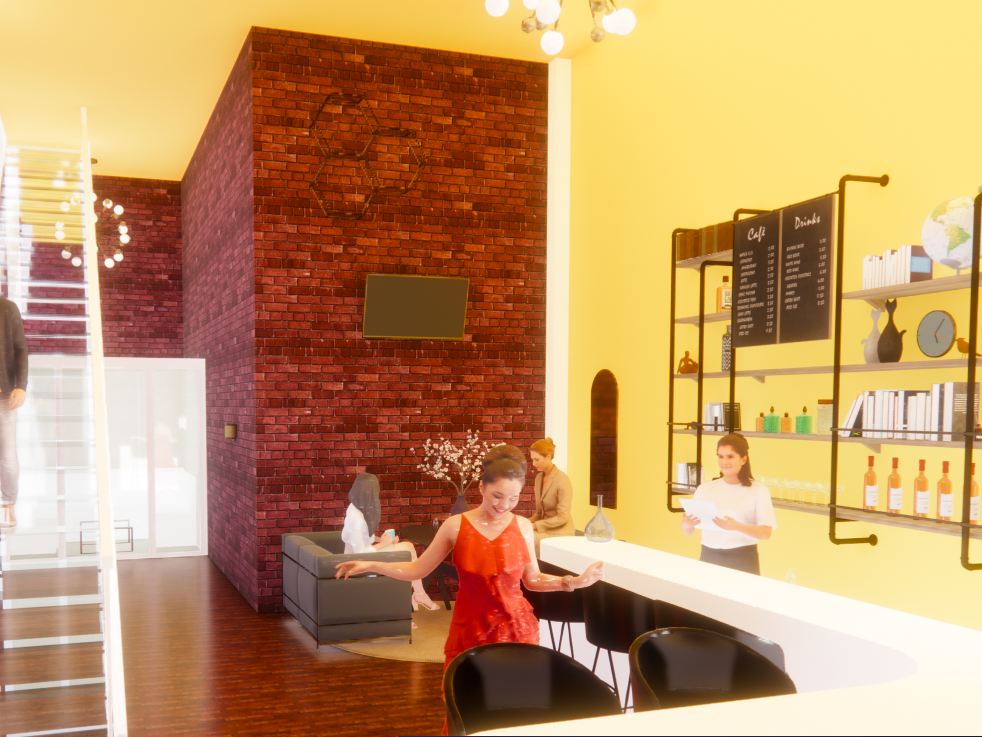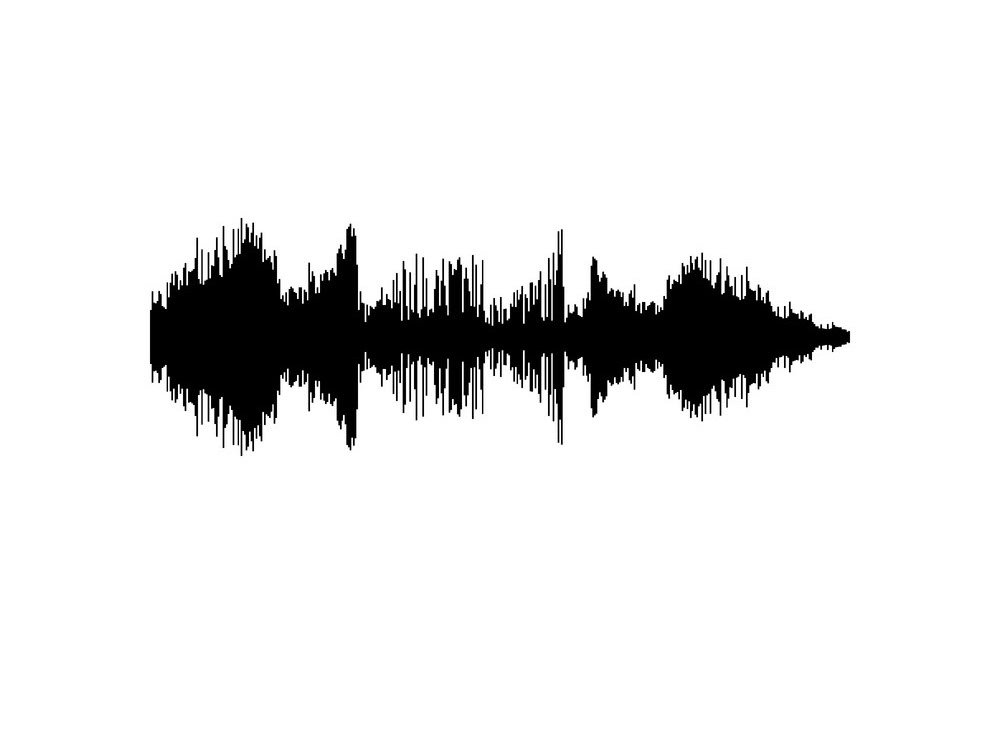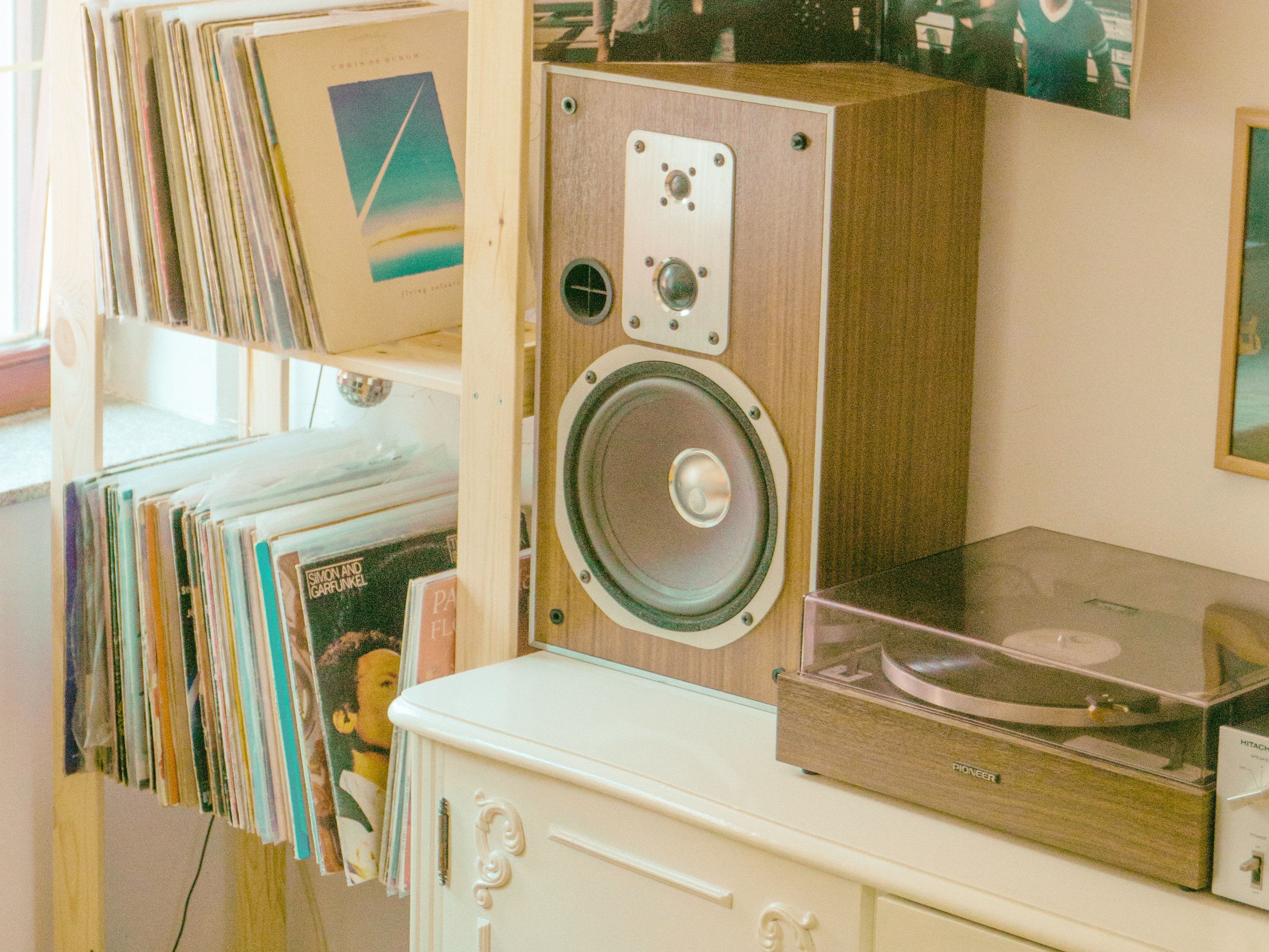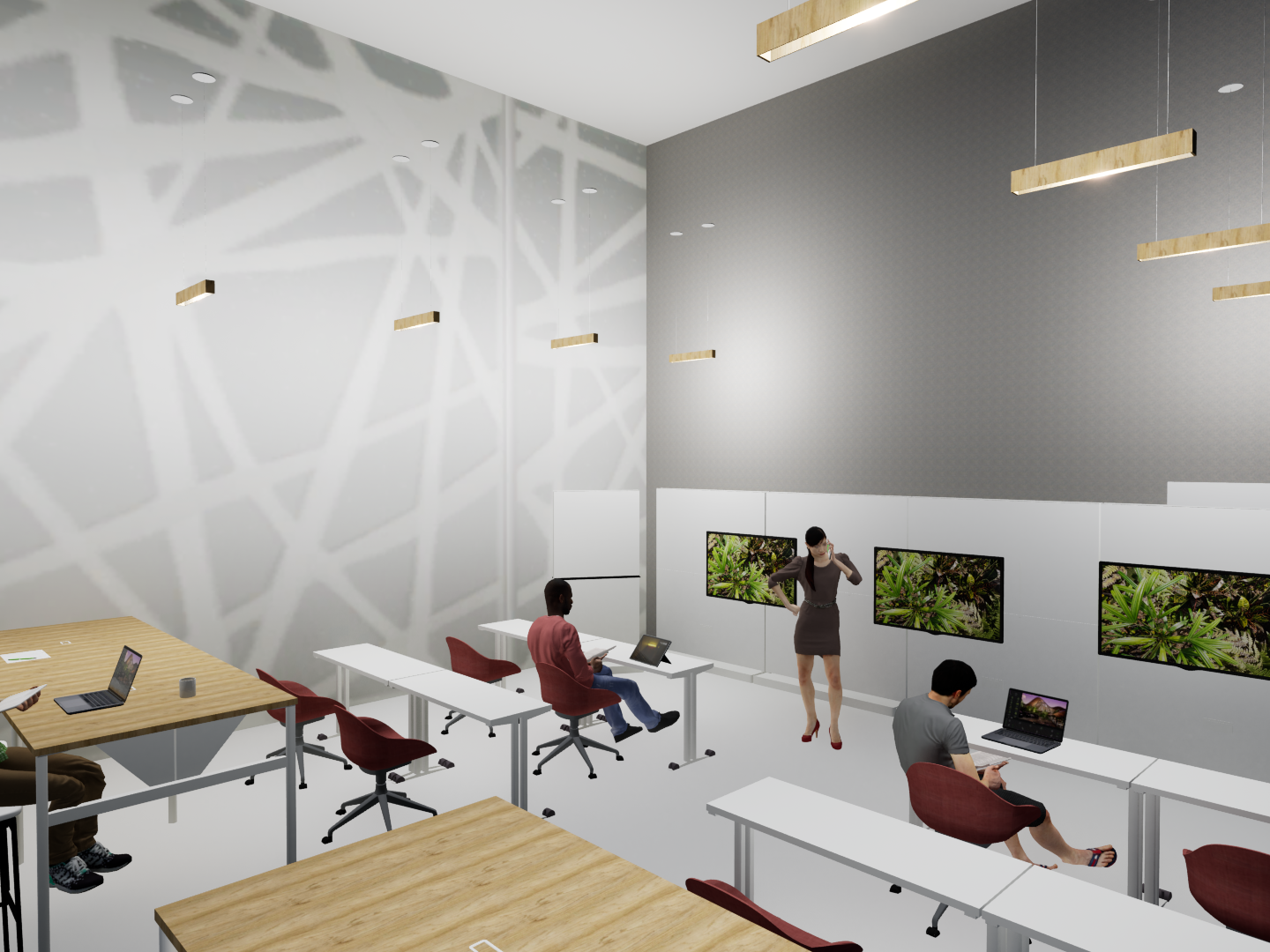Co-Design is the process of design in which designers work with the people they are designing for rather than for them. They provide their expertise, methods, and resources and enable the co-designers to use those new tools to design what they need, because they know their wants and needs better than anyone else. The co-design process focuses on the prospective user and spends a significant amount of time getting to know the user on a more personal level, beyond the typical client/designer relationship. Plans for this endeavor are very useful as they provide a schedule for the designers and help inform the co-designers on what they will be doing and when they will be doing it. With this plan openly shared, co-designers can offer input to ensure the research methods are comfortable for them and productive for the study in order to inform the final design to its highest potential.
Neurodivergence is present in any individual who has neurodevelopmental differences that causes their brain to process information in a different way than a neurotypical brain, or a brain without developmental differences.
The Ohio State University, like many other schools, has disability accommodations for students with learning disabilities such as ADHD and dyslexia. These neurodivergent students have to put in extra work outside of the classroom to stay on top of their schoolwork. However, there is a possibility this could be diminished by improving the primary conditions in which the learning occurs. If content is easier to understand and process when it is first presented, in an environment that aids the students, neurodivergent students may not need to put in as much extra time outside of class.








